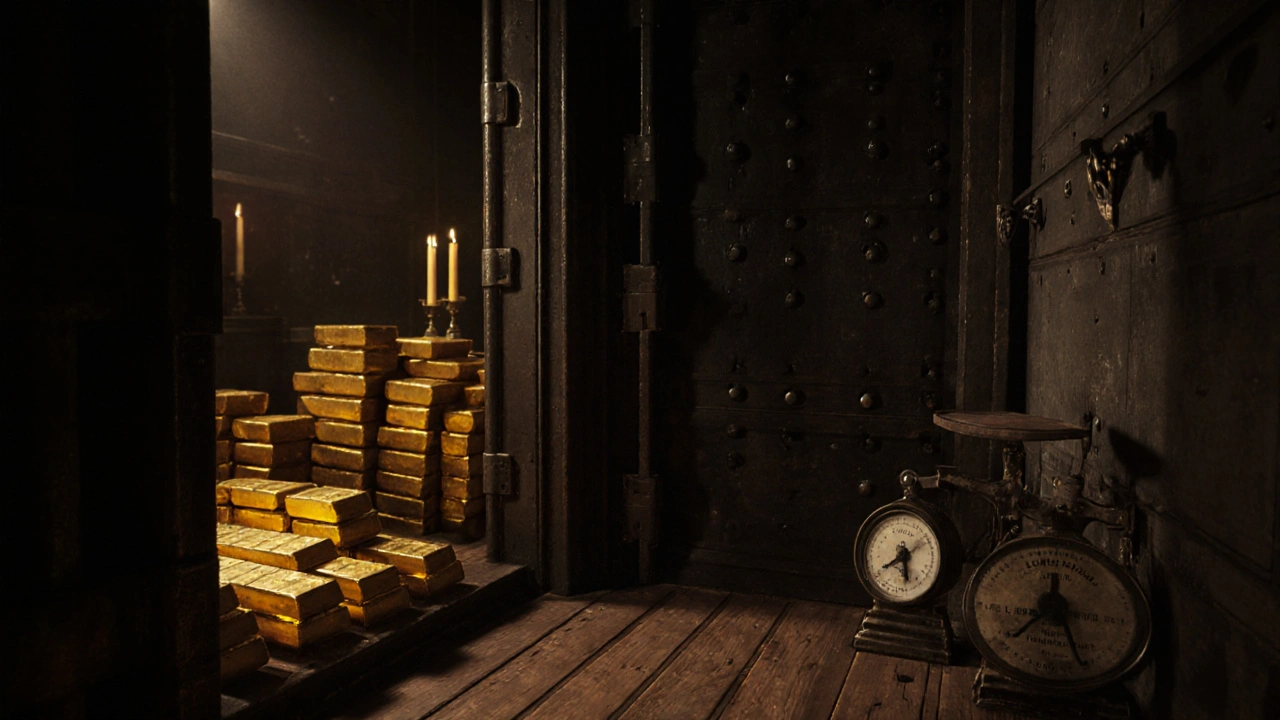Monetary History UK: How Britain’s Money Evolved Through Time
When you pay for coffee with a card or tap your phone, you’re using a system built over monetary history UK, the story of how Britain’s money changed from barter and silver coins to digital payments and central bank control. Also known as British financial history, it’s not just about coins and notes—it’s about power, war, trade, and everyday life. The pound sterling, the world’s oldest currency still in use, dating back over 1,200 years started as a weight of silver. Back then, a pound wasn’t a note—it was literally a pound of silver. Over centuries, kings minted coins, merchants trusted bills of exchange, and by the 1600s, gold and silver were the real backbone of trade across Europe.
The Bank of England, founded in 1694 to fund a war with France, became the engine of Britain’s money system. It didn’t start as a central bank—it was a private lender. But over time, it took on the role of printing money, managing debt, and later, controlling inflation. The shift from gold backing to fiat currency in 1931 changed everything. No longer did a pound need gold sitting in a vault. Money became a promise, backed by trust in the government. That’s why today’s £20 note doesn’t contain any metal—it’s paper and ink, and its value lives in our collective belief.
What does this mean for you? Every time you see prices rise, or your pay doesn’t stretch as far, you’re feeling the weight of centuries of monetary decisions. The 1970s oil crisis, the 1992 Black Wednesday crash, Brexit’s impact on the pound—all these events didn’t come out of nowhere. They’re chapters in the same long story. Even the rise of contactless payments and digital wallets ties back to this history. The Bank of England is now testing a digital pound, not because tech made it cool, but because the old system is aging. People want faster, cheaper, more secure ways to pay—and history shows money always adapts.
Below, you’ll find real stories from London’s past and present that connect to this history. From how Roman coins turned up under the City to why your Oyster card is part of a 300-year-old tradition of trust in currency. You’ll see how Londoners lived through hyperinflation, how the pound survived two world wars, and why some of the cheapest meals in the city still cost less than a 1950s loaf of bread. This isn’t textbook stuff. It’s the money story that shaped the city you walk through every day.
